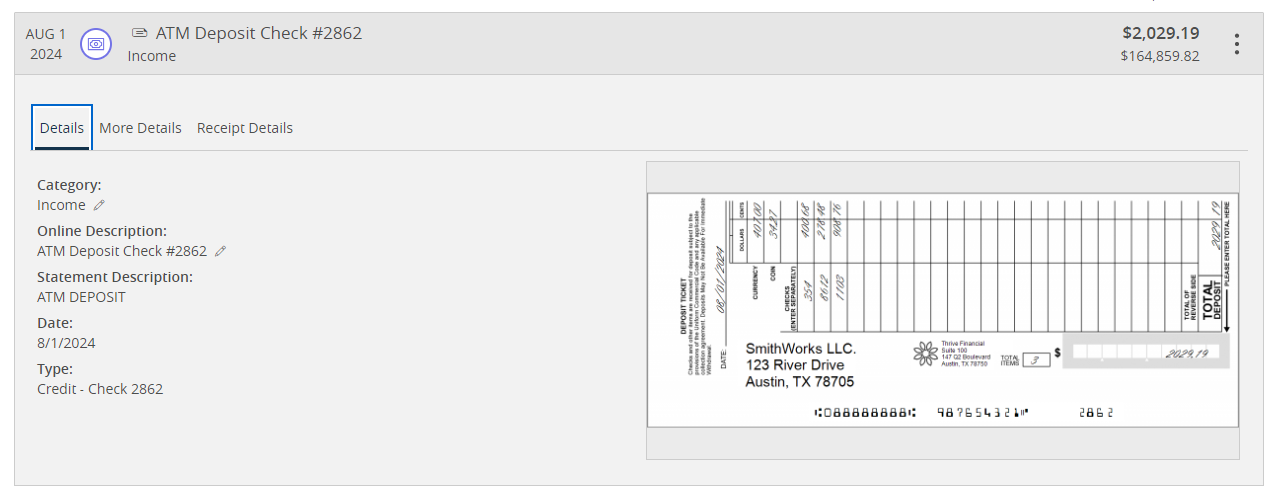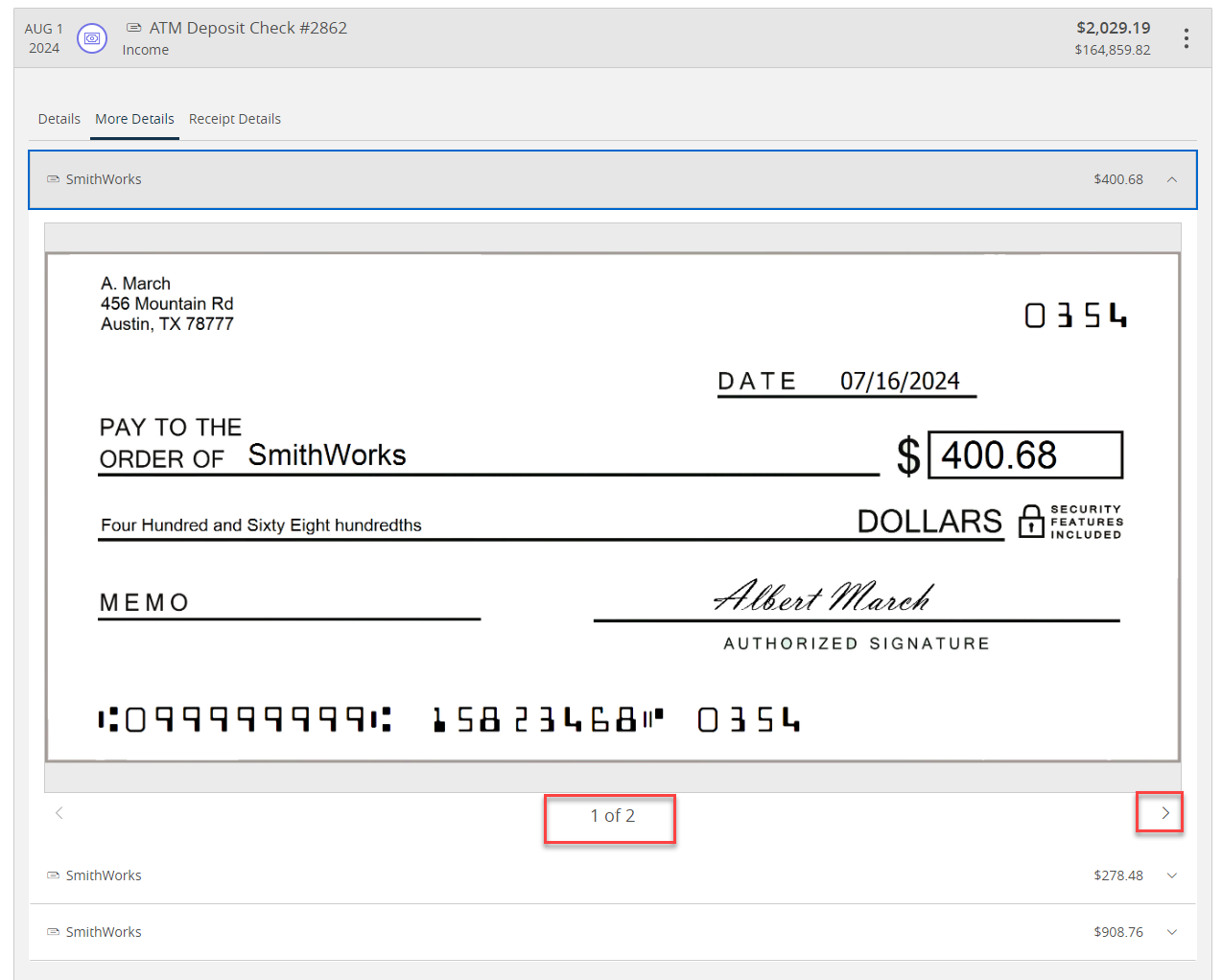Deposit Item Image Adapter Extension Tutorial
The Deposit Item Image adapter type is invoked when clicking on a deposit transaction with an image attached:



First, let’s create the extension:
q2 create_extension
New Extension Name: PicsOrItDidntDeposit
What type of extension are you creating?
1) Online (default)
2) SSO (Third Party Integration)
3) Ardent (API)
4) Q2Console (Backoffice)
5) Central (Legacy Backoffice)
6) Adapter <--------
7) Audit Action
8) Custom Health Check
9) Message Bus
10) Caliper API Custom Endpoint
11) Base Extension
Please make a selection and press Return [1]: 6
Select adapter type to generate
1) Account Details
2) Authentication Token
3) Check Image
4) Domestic Wire
5) Deposit Item Image <--------
6) FX Rate
7) Instant Payments
8) International Wire
9) Remote Deposit
10) Statement Image
Please make a selection and press Return: 7
There are two methods necessary to override:
async def get_deposit_items(self, deposit_item_image_request: DepositItemRequest) -> list[DepositItem]:
"""This will be called when a user clicks a history item that has a deposit image associated with it and is expected to return the list of image metadata associated with the deposit"""
async def get_deposit_item_images(self, deposit_item_image_request: DepositItemRequest) -> list[DepositItemImage]:
"""After a deposit item is selected, this method is called to retrieve the images requested"""
DepositItemRequest is an object with the metadata of the deposit transaction being requested (account_number, etc), and your responsibility is to return one or more
DepositItem instances or DepositItemImage instances.
The calls above only relate to the detail images, not the deposit slip image itself. The call to get the deposit slip is handled as a CheckImage request. Generally deposit slip check image requests can be differentiated from normal check images via the d_or_c flag (debit or credit flag). Deposit images will have d_or_c = D (for deposit) on their inbound request. Checks will have d_or_c = C (for credit). They can also sometimes be differentiated via HostTranCode if the core vendor supports it.
After a quick q2 install, your extension will be registered and any deposit image you click will call back to your server.